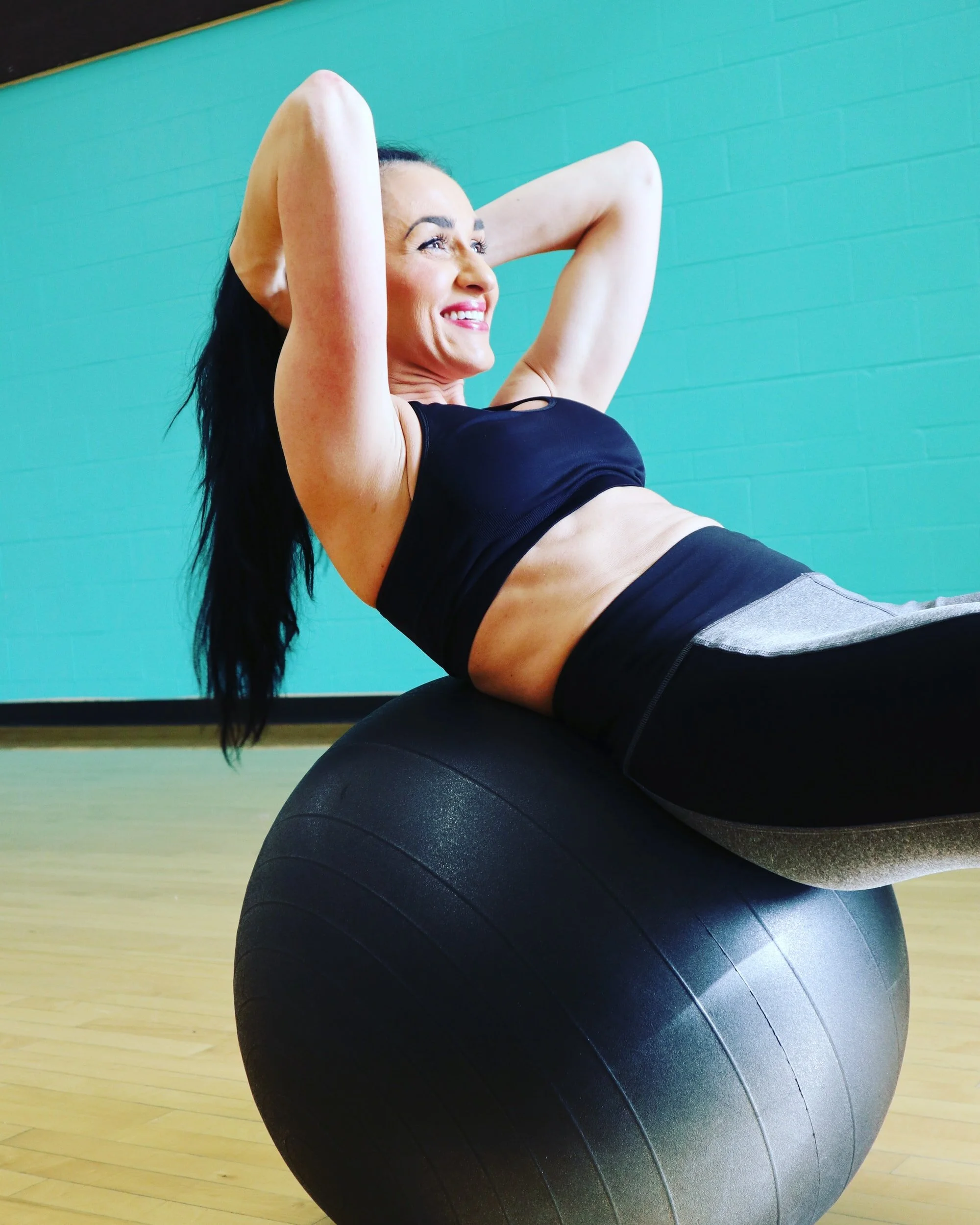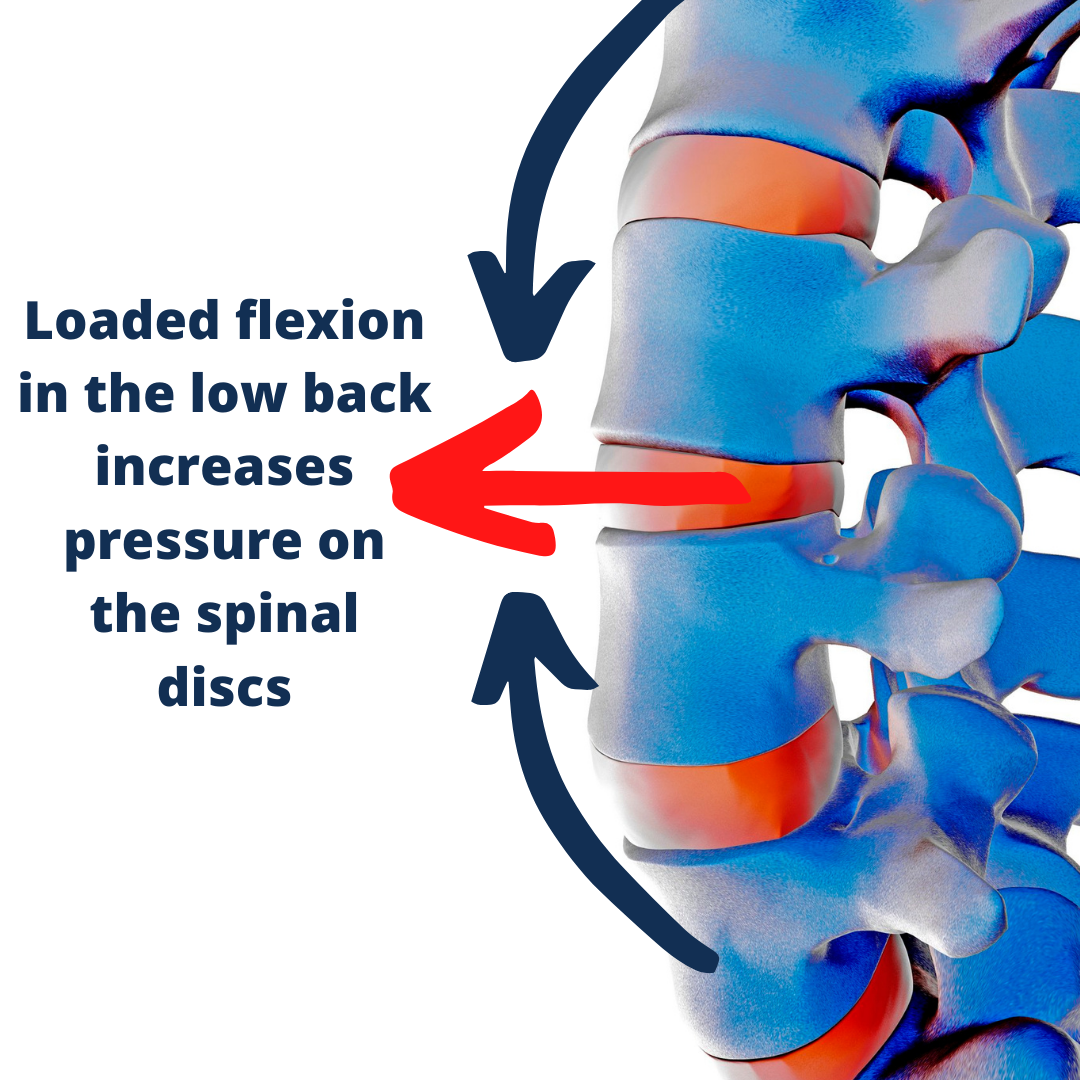Why standard core exercises may hurt your back and what to do instead (it’s not crunches!)
If you’ve had low back pain or injured your spine, you may have been told you need to strengthen your core.
In most cases, that’s totally correct! Our core provides the foundation for all of our movements, and a stronger core will almost always set you up to have less pain and improved performance down the road.
Efficient core activation does many things, including:
Decreasing stress on low back muscles
Allowing other muscles to also fire effectively (hello, glutes!)
Improving oxygen utilization through belly breathing
Protecting the body from injury
Maximizing global efficiency and improving overall strength and performance
So many benefits! And this is just a very brief list. Whether or not core strengthening will help you is not what we want to address. We’re really here to talk about how to strengthen your core in the best way.
And no, it does not involve crunches, sit-ups, core twists, or ab bikes. :)
If you want to get right to the exercises, click here!
If you want to know why we like these exercises so much better than some more conventional core moves, stay with me.
The center of our spinal discs is made of water, and water doesn’t compress. Since loaded spinal flexion increases pressure on those discs but the water can’t compress, the force can displace the water inside the disc and cause pain.
Here’s why conventional core exercises may be doing more harm than good:
They overload your spinal discs
They overload your abdominal wall
They work against the natural function of your core muscles
Let’s go deeper.
If you already have an abdominal separation (AKA DRA, diastasis rectus abdominus), crunches can further overstress the connective tissue that holds the two halves of your abdominal muscles together. If you see bulging at the center of your belly like in the photo, you should not be that exercise.
Crunches overload your spinal discs.
Exercises like crunches, sit-ups, and ab bikes call for A LOT of flexion in your low back. This means that the lower part of your spine does lots of forward bending.
Forward bending is just fine if the spine isn’t under extra load, but repetitive crunching, while you increase pressure in your abdomen (i.e. during a crunch), puts an unhealthy amount of stress on your spinal discs.
This can make you more likely to develop spinal disc irritation, a bulge, or herniation in the future. If you already have back pain, I would discourage you from doing exercises like these to protect your low back.
Crunches overload your abdominal wall.
Not only do your discs take on too much load during a crunch, but so does the front of your abdominal wall. Your rectus abdominus muscles (the six-pack group) are connected by a line of tissue called the linea alba. The compressive nature of crunches and similar exercises causes a shift in abdominal pressure towards the linea alba. Over time, this could cause the midline tissue to stretch out and lead to abdominal separation (also called abdominal diastasis or diastasis recti).
This separation is normal during pregnancy as the mother’s belly and baby grow, but performing exercises during or after pregnancy can exacerbate an existing separation and make it more difficult for the separation to heal.
Lots of forceful crunching could also lead a man or non-pregnant woman to develop a separation.
Crunches work against the natural function of your abdominal muscles.
Your abdominal muscles (rectus abdominus, obliques, and transverse abdominus) should all work together to brace your abdomen and stabilize your spine. These muscles should primarily function to stabilize, NOT to move on their own.
What does that mean? Your core (ribs, spine, pelvis, and all the muscles that attach) should basically stay in the same position as your arms and legs move, instead of having lots of motion within your core. These muscles were designed to brace and lengthen while we breathe.
If you want to safely train your core, try to avoid arching or rounding your low back while you move your arms and legs. It’s harder than you might think, but it should feel much more comfortable to train your core in this way.
So to wrap up, crunches and similar exercises can stress your back, stress your abdominal wall, and make it difficult to get true, effective core muscle activation. Don’t do them!
It’s time for some better alternatives.
To be completely transparent, if you maintain good rib and pelvis positioning during ANY exercise, you are going to strengthen your core. Deadlifts, overhead presses, squats, pushups, etc. are all amazing core exercises when done correctly.
If you still want a few dedicated core exercises to work on, here they are!
The Dead Bug
Lie on your back (back stays flat on the ground!) and move your arms and legs. One at a time, alternating, same side together, up and down, away from midline, add a weight or resistance band… any and all combinations are good choices! Or just hold the starting position. Get creative! We like to just hold the starting position and see how long we can go.
The Bear
Like the dead bug, but flipped! Your back stays flat as you hold the position. You can lift an arm or leg (or both!), add a resistance band or weight, or try crawling if you want an extra challenge. Make sure to keep your shoulders down and away from your ears. Your core will feel it after this one!
The Paloff Press
This exercise is great for working on resisting rotation. All you do is hold the starting position! You’ll need a resistance band or something similar for the Paloff press. If holding your arms straight is too difficult, you can bring them closer to your chest. Putting more stretch on the resistance band will make the exercise more challenging.
If your joints or muscles feel tight, stiff, or painful, we’d be happy to help you! We can help you to feel better now AND help you continue to move and feel better long after you leave our office.
If you have questions, please reach out to us! Call or text your questions to (402) 256 6683 or shoot us an email!



